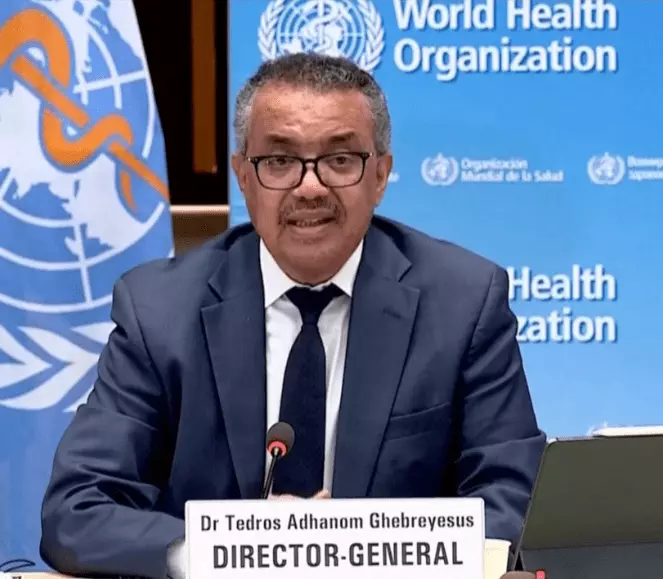
Latest WHO statement: New crown continues to constitute a public health emergency of international concern
The World Health Organization released a statement Jan. 30 saying the committee agreed that COVID-19 remains a dangerous infectious disease with the capacity to cause significant damage to health and health systems.
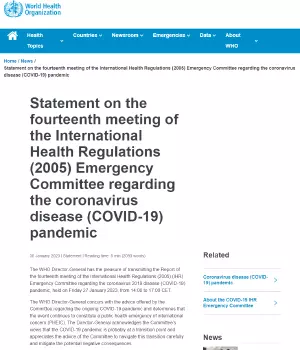
Previous News
WHO discusses ending new crown global emergency
On January 27, Geneva time, the World Health Organization (WHO) held the 14th meeting of the International Health Regulations (2005) (IHR) Emergencies Committee on the New Crown (COVID-19) pandemic to discuss and assess whether the current New Crown pandemic still constitutes a public health emergency of international concern (PHEIC). A final decision based on the Committee’s recommendations will be made by WHO Director-General Tandse after the meeting. The relevant results are expected to be published as early as Jan. 30.
Three years ago, on January 30, 2020, WHO announced that the New Crown outbreak was classified as a public health emergency of international concern and issued the UN agency’s highest alert level. On March 11 of that year, WHO declared that the New Crown outbreak constituted a global pandemic (global pandemic).
Every few months since then, the pandemic committee has met to discuss whether the New Crown pandemic meets the criteria for being called a public health emergency of international concern. The most recent meeting, the 13th, was held on October 13, 2022, and resulted in the maintenance of the New Crown global emergency.
According to the International Health Regulations, a binding international treaty, a public health emergency of international concern needs to meet three criteria: it is serious, sudden, unusual or unexpected; it has the potential to spread across national borders; and it may require a coordinated international response.
At a press conference held on Dec. 14 last year, Tandezai said he hoped to be able to declare in 2023 that “the New Crown pandemic is no longer a public health emergency of international concern. The criteria for ending the global emergency will be discussed at the January 2023 meeting of the WHO New Crown Outbreak Committee, according to the statement.
Whether the current outbreak in China affects the decision
In his opening remarks at the New Crown Emergencies Committee meeting on Jan. 27, Tandse summarized the current global outbreak situation.

File photo
“As we enter the fourth year of the pandemic, we are certainly in a much better position now than we were a year ago.” At the peak of the Omicron epidemic, more than 70,000 deaths were reported to the WHO each week, Tandse said. By October last year, however, that number had dropped to less than 10,000, near the lowest level since the New Crown pandemic.
He noted, however, that the number of deaths reported each week globally has been rising since early December of last year. The lifting of restrictions in China has led to a rise in deaths in the world’s most populous country. “Last week, more than half of the nearly 40,000 deaths reported to the WHO came from China. In total, more than 170,000 deaths have been reported in the last eight weeks. The actual number must be much higher.” WHO has now updated the relevant data page (WHO COVID-19 Dashboard) to include the number of cases and deaths reported in China in recent weeks.
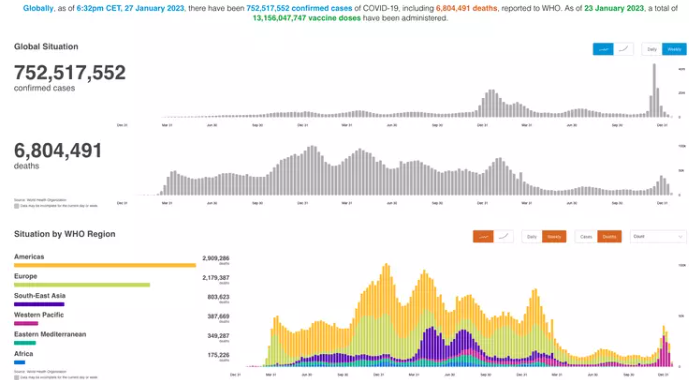
Global data on new coronavirus infections and deaths.
In an interview with Caixin, WHO spokesperson Margaret Harris said that China reported more cases and deaths to WHO on January 26, 2023. Between Dec. 9, 2022 and Jan. 23, 2023, China (excluding Hong Kong SAR, Macau SAR and Taiwan) reported more than 87 million cases and more than 75,000 deaths. With these additional data, cumulative global cases have risen from more than 664 million to more than 751 million. The cumulative global death toll has risen from more than 6.7 million to nearly 6.8 million.
Harris said the CDC of China issued additional bulletins on Jan. 15, 21 and 25, but the data shared was not disaggregated by date, so WHO could not include it in its report. And asked to what extent the information provided by China would influence the decision to lift the state of emergency or not, Harris said only that “the committee reviewed all relevant global data on the issue under consideration.”
According to the CDC website, from Dec. 8, 2022 to Jan. 26, 2023, there were a total of 78,960 deaths related to neo-coronavirus infections in hospitals nationwide, including 6,473 deaths from neo-coronavirus infections resulting in respiratory failure and 72,487 deaths from underlying diseases combined with neo-coronavirus infections.
Professor Zhang Zuofeng, tenured professor and chair of the Department of Epidemiology at the UCLA School of Public Health, said in a recent op-ed that given the future development and control of NICs and severe deaths in China, it is unlikely that WHO will decide to end the “public health emergency” at its meeting at the end of this month. He estimated that if the NICs and severe deaths in China are effectively controlled, WHO will declare an end to the emergency within this year. However, the possible sequelae of neonatal infection need to be further studied and effective methods of prevention and treatment need to be implemented.
Countries adjust their epidemic prevention policies
In his message speech on Jan. 27, Tandse suggested that the following challenges remain.
Vaccines, treatments and diagnostics are critical to preventing serious diseases, saving lives and reducing the strain on health systems and health workers. But the global response is still faltering because in too many countries, these powerful life-saving tools are still not reaching the people who need them most – especially the elderly and health workers.
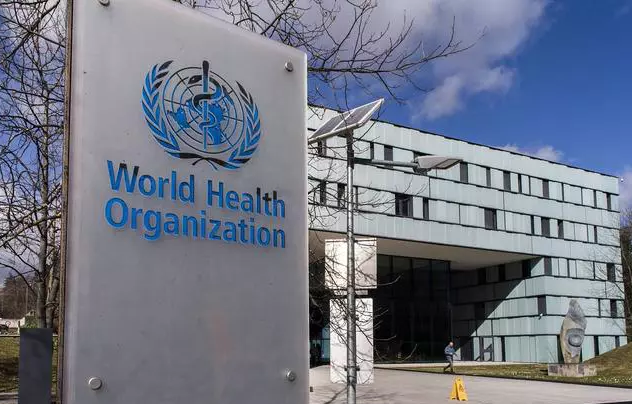
Fact Sheet
Many health systems around the world are struggling to respond to COVID-19, in addition to caring for patients with other diseases, including influenza and RSV, as well as short-staffed and exhausted health workers.
At the same time, surveillance and genetic sequencing have declined dramatically worldwide, making it more difficult to track known variants and detect new ones. Persistent errors and disinformation are eroding public trust in safe and effective new crown control tools.
The recent weakening of omicron virulence can be considered a shift from pandemic (global pandemic) to endemic (local pandemic), said Sean Liu, a Chinese-American virologist at Ohio State University and a member of the American Academy of Microbiology, in a recent interview with Punch Technology. “The overall trend in virus evolution is to become less and less pathogenic, although at some stages it also increases.” He noted that there is still a need to be vigilant about cross-population transmission of neocoronaviruses and genetic recombination of neocoronaviruses, but as long as such scenarios, which produce threatening entirely new strains, do not occur, he hopes to see the WHO declare an end to the neocoron “global pandemic” within 2023.
In response to public health emergencies of international concern, WHO issues a set of recommendations to countries for action, including: increased surveillance to identify new cases, isolation of cases and quarantine of contacts; measures to screen at borders, airports, ports or points of entry; informing the population about the risks of the disease and the additional protective measures individuals can take; and, if no vaccine is currently available, additional research may be needed to develop a cure. require additional research to develop a treatment or vaccine.
Recently, Japan and South Korea have been adjusting their vaccination levels or related vaccination policies.
On January 27, Japan’s Ministry of Health, Labour and Welfare announced that it will downgrade the level of the New Coronavirus in the Infectious Diseases Act to “Category 5”, which is the same as seasonal influenza, on May 8. After the change, the observation period for infected persons and close contacts, etc. will be cancelled and medical treatment will be phased in as normal. In addition, it will be up to individuals to decide whether or not to wear a mask, both indoors and outdoors.
On January 20, Prime Minister Han Deok-soo chaired an epidemic prevention meeting to discuss adjustments to the mandatory indoor mask order, and on January 30, the Korean government announced that it would only recommend that people wear masks indoors from now on, and that it would no longer be mandatory. The Korean government’s mask order was fully lifted after more than 27 months. However, medical institutions, pharmacies, high-risk places, and public transportation cars will continue to maintain the indoor mask obligation. For five high-risk situations, the Korean epidemic prevention authorities strongly recommend wearing masks.
The Chinese government has also changed the classification of NCA from “Category B A” to “Category B B” as of January 8. There will no longer be quarantine measures for people infected with NIV, close contacts will no longer be identified, high and low risk areas will no longer be designated, and quarantine infectious disease management measures will no longer be applied to incoming people and goods. The detection strategy is adjusted to the willingness to detect as much as possible.
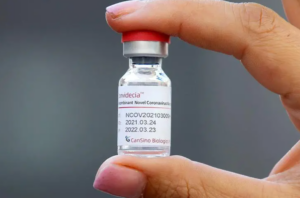

Average Rating